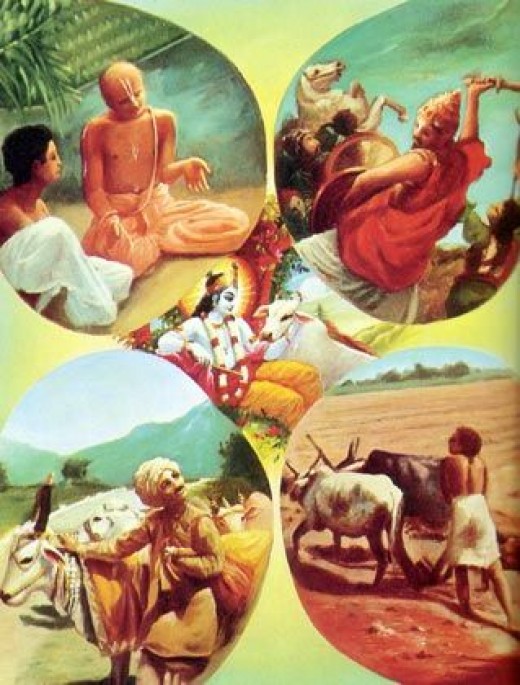An important aspect of the Marriage ceremony is to light a sacred fire, created from 'ghee' (clarified butter) and woolen wicks, to evoke the God, Agni (Fire God), to bear witness to the ceremony.The highlight is 'Saptapadi', also called the 'Seven Steps'.
Here, traditionally the bride’s sari is tied to the groom’s kurta, or a sari shawl might be draped from his shoulder to her sari. He leads, her pinky linked with his pinky, in seven steps around the fire, as the priest chants the seven blessings or vows for a strong union.
1. May this couple be blessed with an abundance of resources and comforts, and be helpful to one another in all ways.
2. May this couple be strong and complement one another.
3. May this couple be blessed with prosperity and riches on all levels.
4. May this couple be eternally happy.
5. May this couple be blessed with a happy family life.
6. May this couple live in perfect harmony… true to their personal values and their joint promises.
7. May this couple always be the best of friends.
By walking around the fire they are agreeing to these. With each step, they throw small bits of puffed rice into the fire, representing prosperity in their new life together. This is considered the most important part of the ceremony, it seals the bond forever.
Bride and groom come to the altar as God and Goddess, in human form. In many parts of India the bride is considered Lakshmi, Goddess of Fortune, and groom is her consort Vishnu, the Great Preserver.

